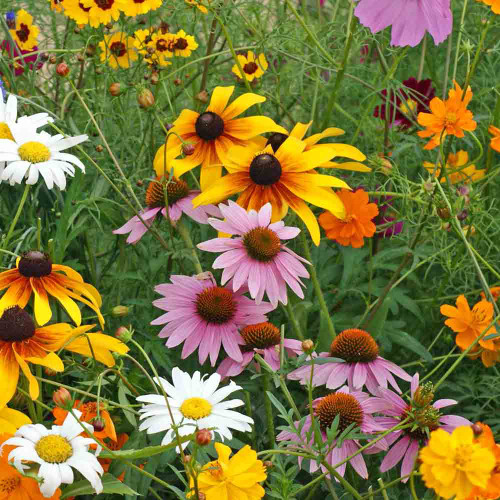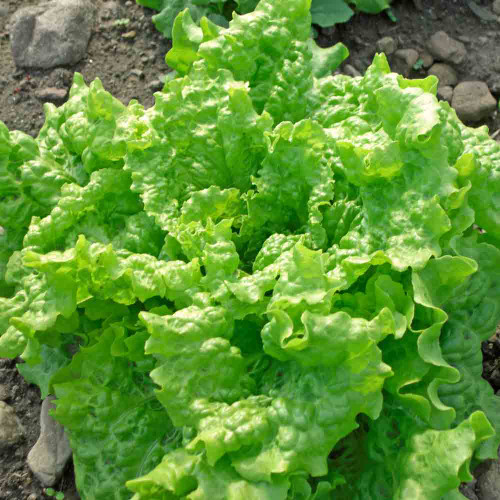Description
Anise – Ancient Sweet and Spicy Aromatic Herb
The captivating aromas and flavors of Italian biscotti are partly from the anise seeds used in its recipe. The delicately sweet and aromatic bouquet with a distinctive licorice flavor has been treasured for centuries. In fact, anise is one of the classic herbs used throughout history.
Details
Anise is a delicate looking annual herb that develops feathery leaves as it matures. Growing from 18 – 24 inches tall, its first leaves are fairly large and wide while the secondary leaves further up are more fine and feathery.
Small white flowers grow in groups at the top, called umbels, that mature into the familiar small, grayish-brown fruits that are commonly called seeds.
Anise is easy to grow and do best in light, fertile, well-drained soil. The seeds should be planted as soon as the ground warms up in spring. Because the plants have a taproot, they do not transplant well after being established, so they should be started in their final location.
History
Native to the Mediterranean, anise has been grown and used from ancient times to today. The Egyptians and Greeks used it for coughs, sweetening the breath and adding its signature licorice sweetness to bread and baked dishes. Chines cuisine used the seeds and leaves as a condiment.
16th Europe found anise seed to be the perfect mousetrap bait, as mice seemingly couldn’t resist the aroma.
Uses
The fruits or seeds are most commonly found in culinary and medicinal uses or as a flavoring agent in liqueurs. They are also used as a spice in souffles, savory meat dishes, to flavor sausage and earthy vegetables such as cabbage, carrots, and turnips.
Finely chopped fresh leaves add a fine aromatic taste to salads and root vegetables when sprinkled sparingly over the dish just before serving. Adds its aromatic taste to pickled vegetables and fish or seafood soups.
Harvest Tip
Harvest leaves when plant is 12" tall; seeds when flowers begin to dry down.
From the soil to the seed to the food you eat - we'll help you grow your best garden!











